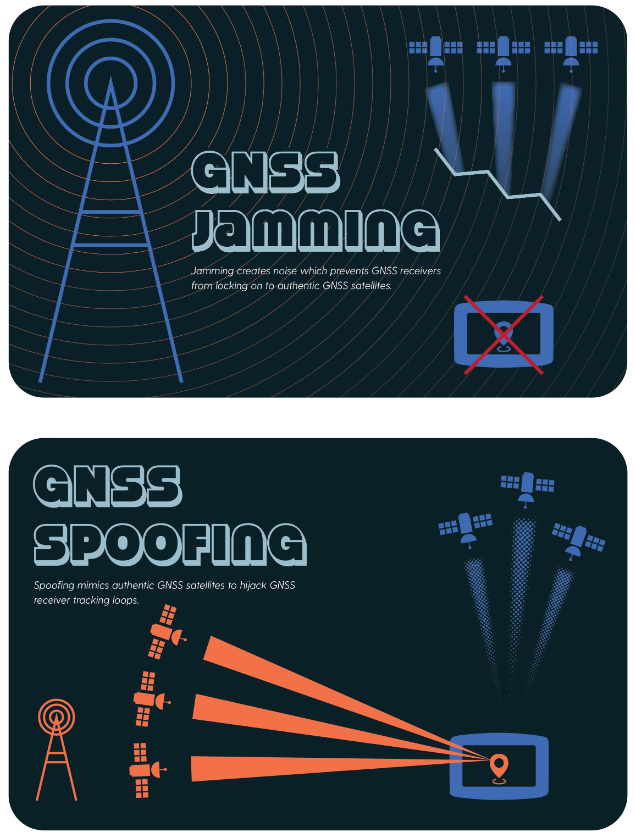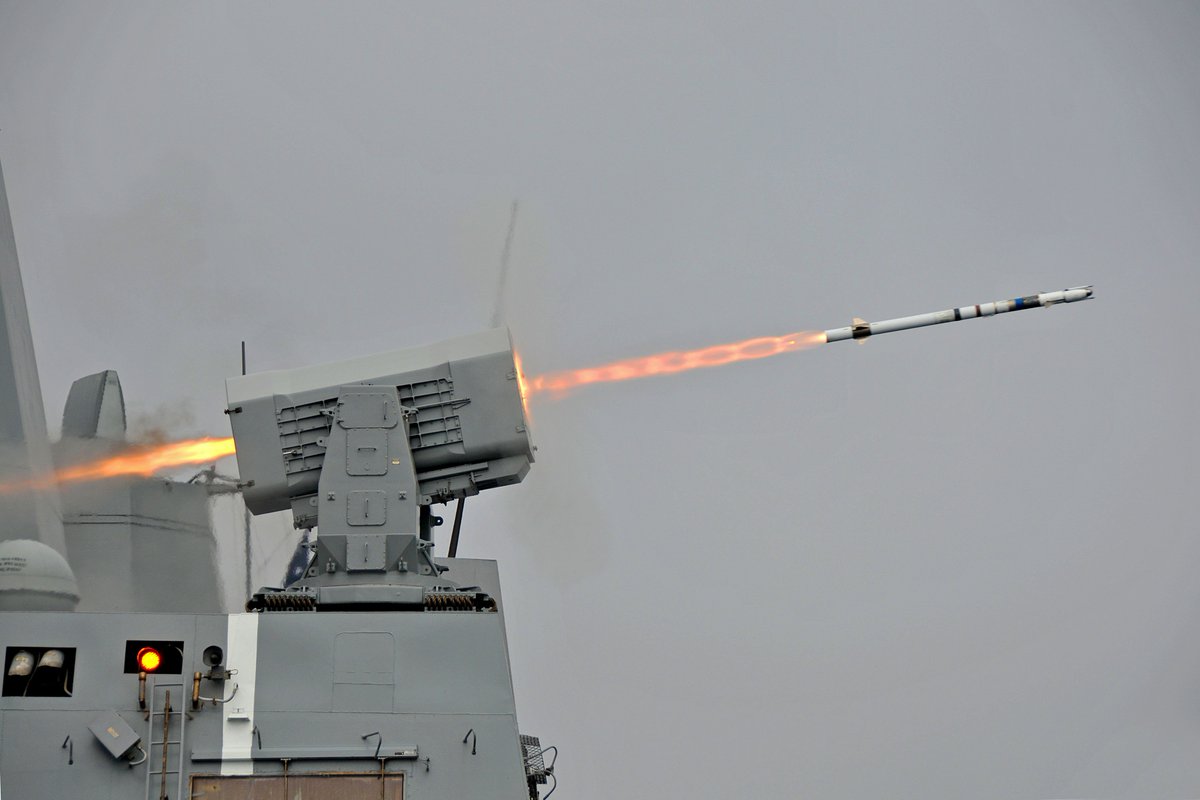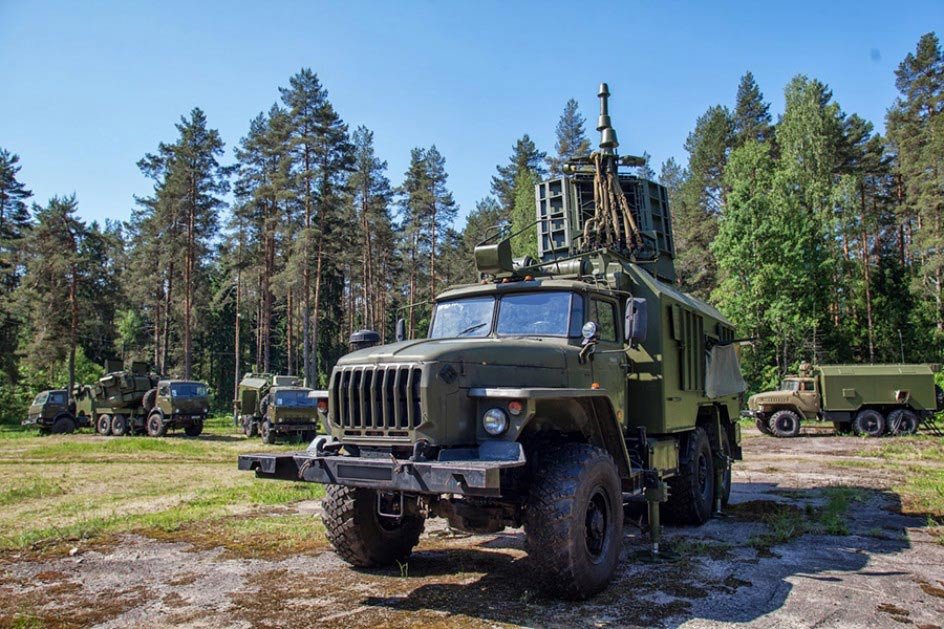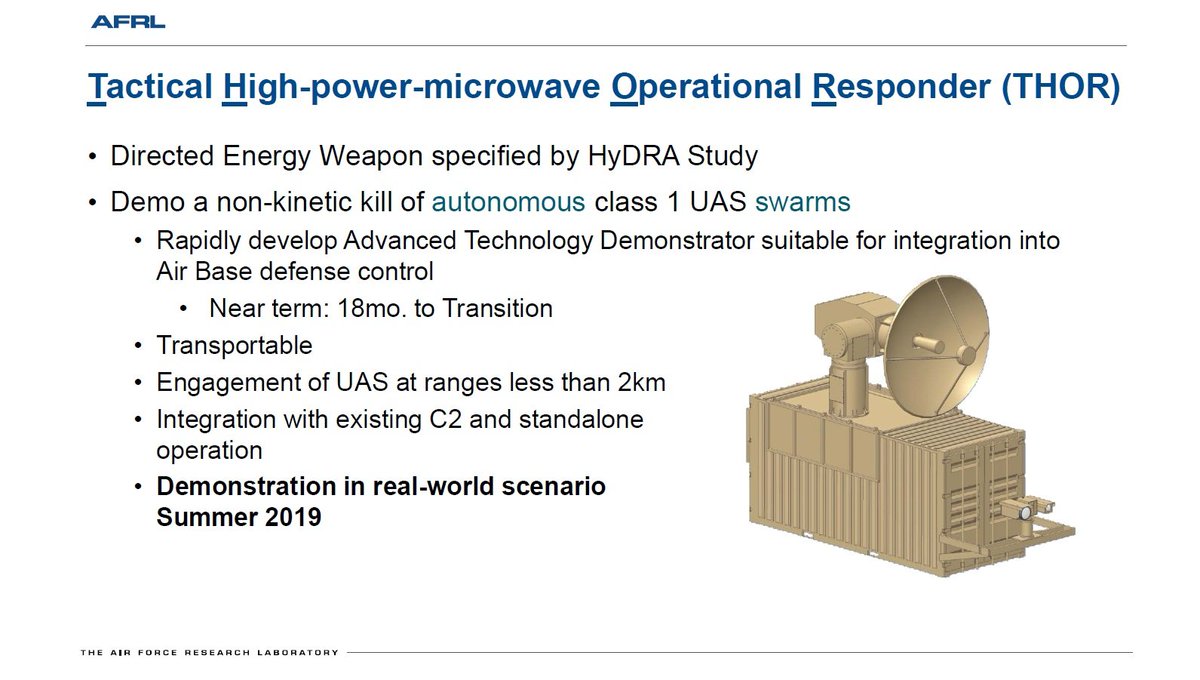This is sort of pushing the limits of my knowledge, so please chime in if I miss something.
I have my doubts about the Peresvet's power source, although it is possible.
(Image: @C4ADS)

One concern, though, is how such actions will affect other actors (airlines, aid organizations, civilians, etc).
This is how most electronic counter-drone systems work.
As @mgubrud pointed out, I should have used 3 categories - kinetic, electronic, and directed energy.
Also, the method Iran used to capture the US RQ-170 drone was never confirmed.
But radar is probably the best option. Small propeller-driven drones are unlikely to have strong thermal signatures
I am going to ignore the detection/tracking problem, and look solely at dealing with multiple targets.
Phalanx opens fire at 1000-1500 meters, Goalkeeper at perhaps 2000 meters.
(the Navy is really cagey about discussing Phalanx engagement times)
Still, 75 m/s is very slow. Most cruise missiles fly at approximately 250 m/s.
Technically feasible, but using missiles costing hundreds of thousands of dollars to shoot down $500 drones is economically questionable.
uasvision.com/2015/08/04/rus…
defense-update.com/20180108_uav_a…
Again, corrections, comments, and questions are welcome.






























































